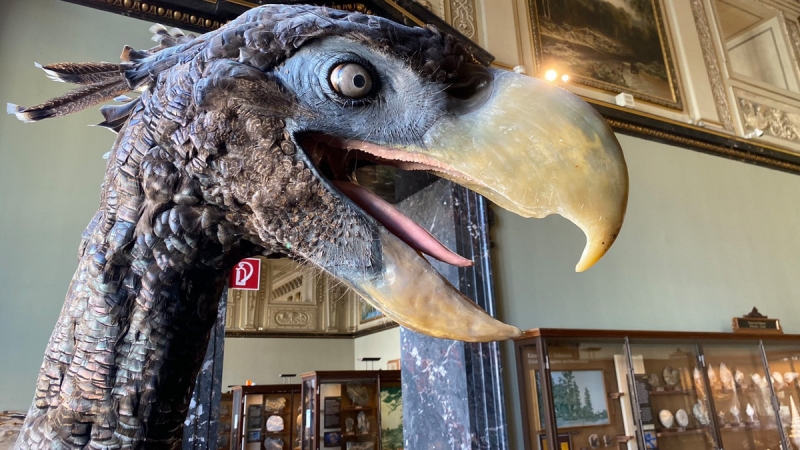>> Froracid/Armin Reindl/CC BY-SA 4.0.
Paleontologists found and studied a fossilized leg bone of a phroracid bird (Phorusrhacidae), which lived 12 million years ago in South America. It is also called a “terrible bird”.
This is reported by the publication Sci News.
The weight of the froracid could reach 70 kilograms, and the height – up to three meters. These birds were mainly flightless carnivorous predators. The huge beak and mechanical adaptations of their skull testify to the latter.
They had slender bodies and unique locomotion devices.
The monstrous birds lived on the ground, had limbs adapted for running, and mostly ate other animals, said a researcher at the Johns Hopkins University School of Medicine. Dr. Siobhan Cook.
They inhabited South America in the Cenozoic. Also, these birds lived during the Pleistocene in North America, as well as during the Eocene in Africa.
200% Deposit Bonus up to €3,000 180% First Deposit Bonus up to $20,000The size of the found bone of the bird causes scientists to believe that it may be the largest representative of its species discovered today – approximately 5-20% larger than already known such birds. On the fossilized bone were found teeth marks of what is believed to be a Purussaurus, an extinct species of caiman that is believed to have been 9 meters long.
We suspect that the monstrous bird died from its injuries, given its size crocodiles 12 million years ago, Dr. Cook said.
The “terrible bird” also coexisted with primates, hoofed mammals, giant ground sloths and armadillo relatives, the car-sized glyptodonts.
It's a different type of ecosystem than we see today or in other parts of the world before South and North America came together, Dr. Cook said.

Fossilized leg bone of a phroracid bird

